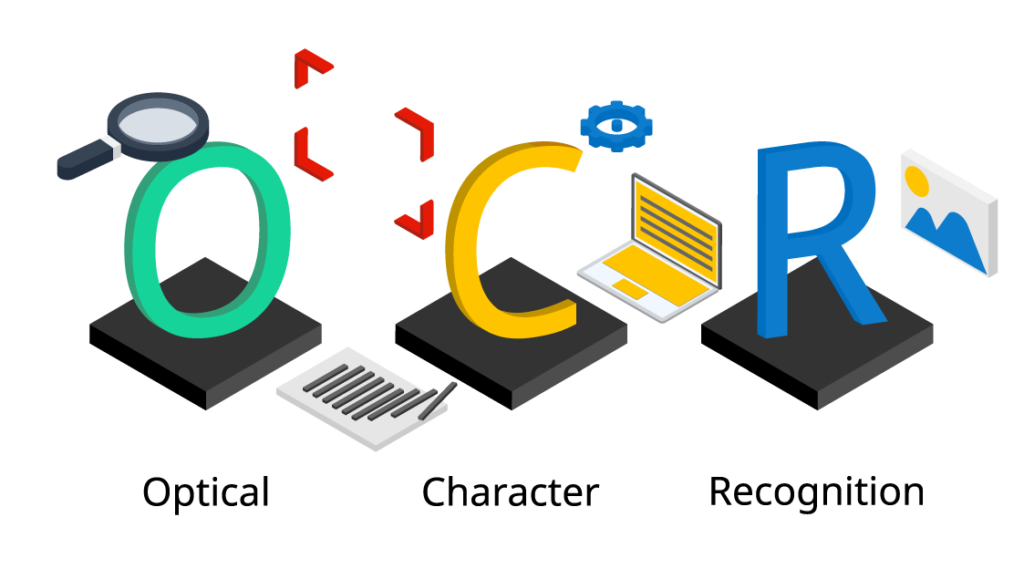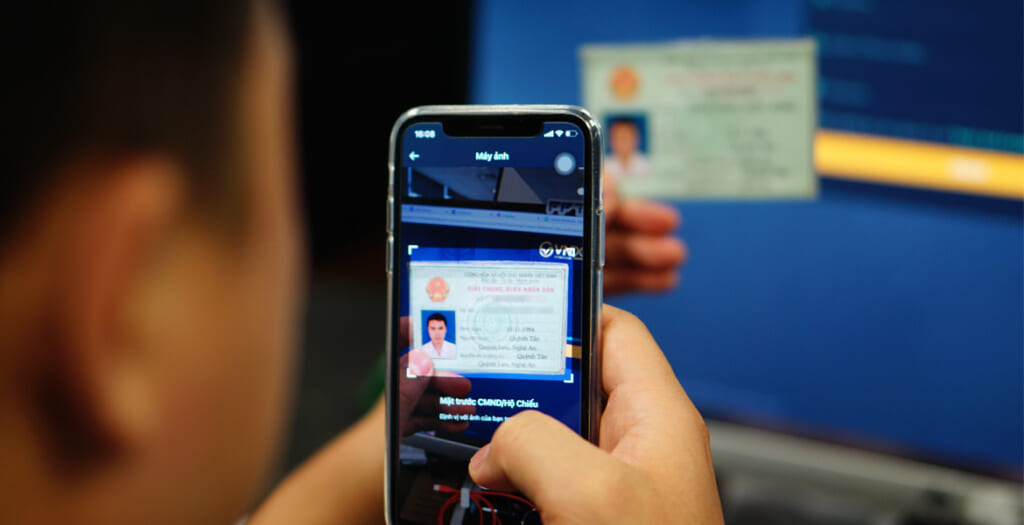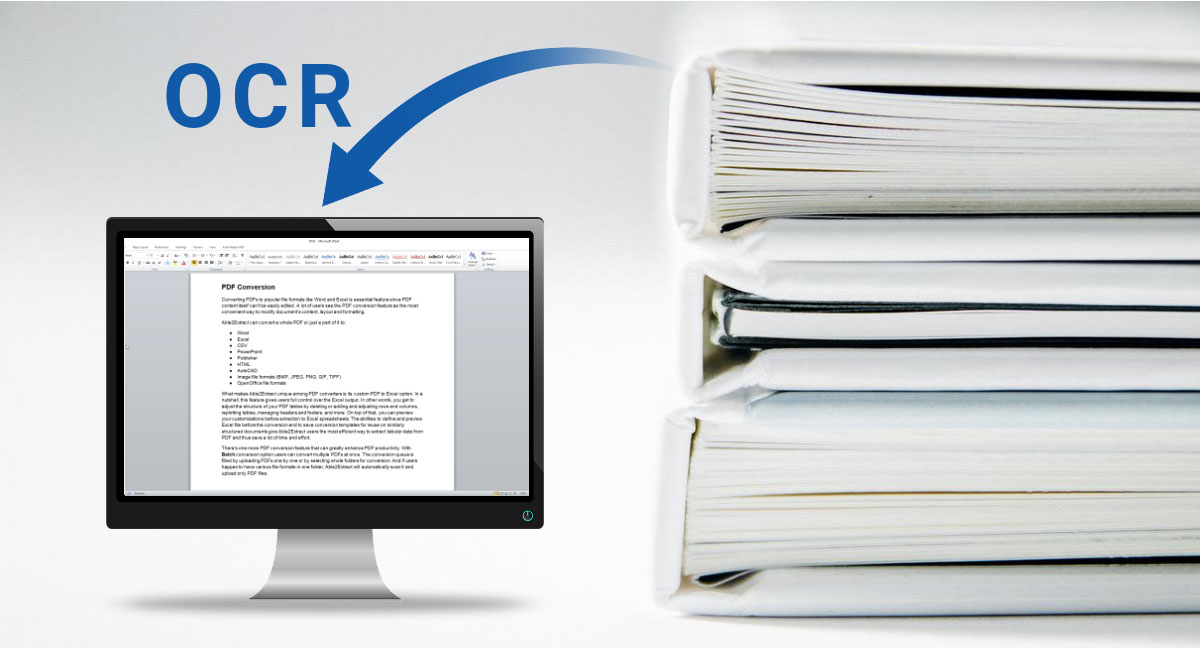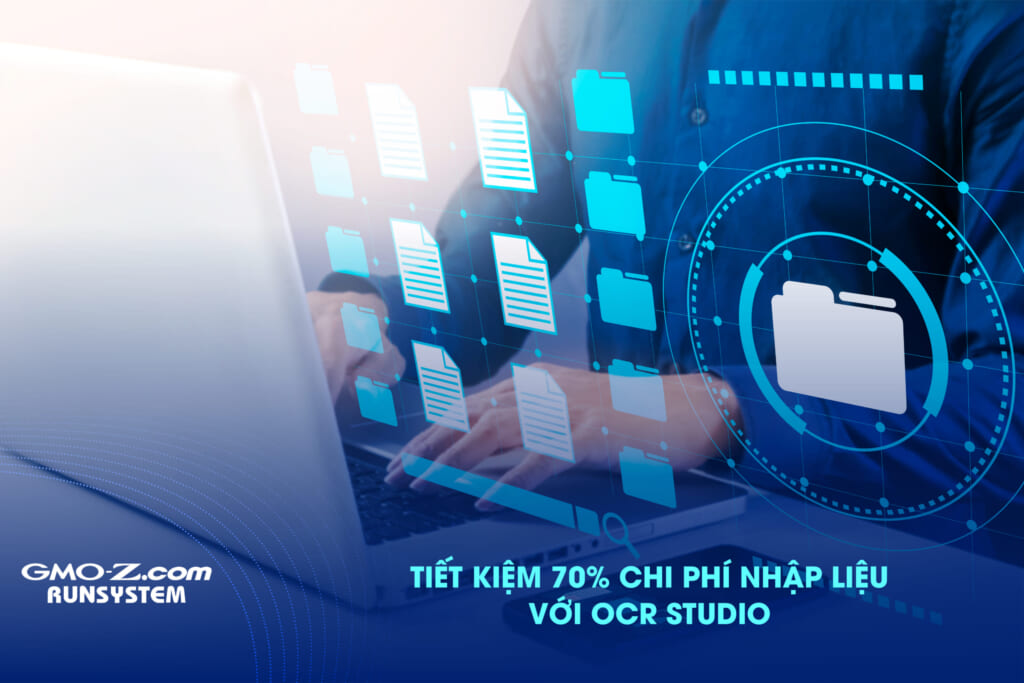Application of OCR Technology in the Finance - Banking sector
Optical Character Recognition (OCR) technology was introduced in the 1990s and has since been widely adopted across many key industries worldwide. The banking sector is currently one of the largest adopters of automation technology combined with OCR. The application of OCR in banking has sparked a rapid and large-scale document digitization revolution, significantly reducing the burden of administrative tasks.
Read this article to explore how OCR technology is penetrating and evolving within the banking industry!
1. What is OCR Technology?
Optical Character Recognition (OCR) is a computer software technology that processes and converts image-based documents (such as scanned documents, photos, PDFs…) into editable formats (like Word files). OCR achieves this through natural language processing (NLP), allowing it to identify characters and letters, then replicate them in the same format and order as they appear in the original document.
When extracting essential data fields from documents such as ID cards or driver’s licenses, users can upload the document to the system, then select and define the specific areas for extraction. The OCR system will then recognize the data, convert it into text, and automatically extract the necessary fields.

2. How is OCR Technology Applied in the Banking Sector?
OCR technology has brought numerous benefits to the banking industry, with document digitization being the most notable. A representative from Rabobank (Netherlands) shared that their bank applies OCR technology to many business operations. This is because they need to collect and consolidate customer information for internal use, leveraging this big data resource for future banking projects.
In recent years, with the combination of Artificial Intelligence (AI) and Natural Language Processing (NLP), OCR has evolved into a data collection and management technology, playing a crucial role in the automation of banking business processes. Thanks to AI integration, OCR can understand the information it extracts and automatically improve output through Machine Learning. It learns from available data and continually fills in knowledge gaps, allowing for rapid detection and correction of errors in physical documents—saving both time and cost.
For typed documents, OCR achieves over 98% accuracy. Accuracy is critical in banking, as even small errors can result in the loss of important data. Banks are increasingly using OCR as a tool for secure transactions and risk management. With traditional OCR, users had to manually verify documents. But when combined with AI and NLP, OCR gains the ability to automatically assess risks in any document. AI can analyze and process document content in depth, detecting anomalies in credit transaction data extracted from customer documents.

In addition to the most common types of documents that banks frequently handle—such as ID cards (to collect customer information), contracts, receipts, loan documents, and financial reports—banking services like mortgage lending and debit cards also involve a large volume of paper documents that need to be digitized.
Banks use OCR software to scan handwritten customer documents such as loan applications and power of attorney letters. The software is capable of recognizing differences in the layout of newly formatted text. As a result, it can send alerts to supervisors about changes in formatting in case there are any modifications or tampering in the document.

Around the world, many banks are using OCR technology combined with facial recognition software to provide two-factor authentication at ATMs. Numerous mobile applications have also been developed based on OCR technology, offering convenient features for users—such as the ability to scan checks for deposit via mobile phones. Customers simply need to capture high-resolution images of the account number, amount, and signature on the check using their phone, and OCR is then processed within the app, with the data sent to the bank for fast processing.
3. Outstanding Advantages of OCR
Once digitized, documents are routed through a centralized data stream, where all experts, analysts, and staff in related departments can quickly access and retrieve information. The integration of OCR technology into banking systems allows for more effective management, standardization of departmental operations, streamlined processes, reduced administrative workload, increased productivity, and optimized business costs.
Document digitization also enables banks to save storage space required for the same amount of information—reducing it from several square meters to just a few bytes on a computer. This frees up physical space and offers more room for operational use. Digitized documents can be stored in multiple formats, making them easy to search, edit, back up, and preserve over time. Additionally, reducing paper usage contributes to environmental protection and saves the cost of paper production.

Today, beyond Latin characters, OCR technology is capable of processing a wide range of scripts in multiple languages, including Vietnamese handwriting, which can now be recognized with up to 99% accuracy using the OCR Studio solution. The banking industry is among the pioneers in keeping pace with advancements in science and technology. The application of OCR, along with various cutting-edge technologies, is transforming banks into smarter and more user-friendly institutions.
4. OCR Studio – The Leading Document Digitization Solution for Banks
With its automated data extraction and form-filling capabilities, OCR technology is being fully leveraged in the field of document digitization. At GMO-Z.com RUNSYSTEM, our team of leading Economics and Technology experts have developed the intelligent document digitization solution OCR Studio. This solution enables banks to digitize paper documents with up to 99% accuracy, significantly reducing costs and processing time, while delivering the highest return on investment.

99% Accuracy – Market-Leading Vietnamese Handwriting Recognition
More than just high-accuracy recognition of standard documents in good condition, OCR Studio is the only solution on the market that can accurately detect and extract complex elements such as stamps, signatures, and checkboxes. It also handles noisy backgrounds caused by colors, stamps, or tables. Uniquely, OCR Studio is the first and only solution in the market capable of processing handwritten Vietnamese, making it practically applicable for real-world business needs.
Flexible Data Extraction – Customizable to Real-World Business Needs
OCR Studio allows businesses to extract specific data fields on demand, with post-validation features available. Even non-technical users can define and extract custom fields with ease. An integrated App Store provides over 50 ready-to-use document templates, enabling instant information extraction without needing to manually define document formats.
Additionally, OCR Studio offers exclusive features not available from other vendors:
- Dictionary Tool: For data normalization, ideal for consistent interpretation of domain-specific terms.
- Data Format Compatibility: Seamless integration with other systems such as ECM platforms or enterprise databases.
- Asynchronous Document Processing: For clients handling massive document volumes, the system supports bulk upload and asynchronous processing, ensuring uninterrupted operations.
Outstanding Implementation Capabilities
With 20 years of experience in software development, IT solutions, and services across Vietnam and Japan, GMO-Z.com RUNSYSTEM is proud to deliver high-quality solutions with dedicated customer support.
Our OCR Studio solution has been trusted by hundreds of major clients, including:
- Shinhan Bank
- Southeast Asia Commercial Joint Stock Bank (SeABank)
- Cathay Vietnam Non-Life Insurance
- Toyota Finance
👉 Learn how Shinhan Bank accelerated customer onboarding and document processing using OCR technology!
Contact Us
If you're interested in exploring how OCR Studio can benefit your organization, contact our team of experts for personalized consultation:
Smart Solutions – Digital Transformation Ecosystem
Digital Transformation Division, GMO-Z.com RUNSYSTEM
🌐 Website: https://ssolutions.vn
📘 Facebook: https://www.facebook.com/ssolutions.dx
📞 Hotline: 097 583 0096
📍 Locations: Hanoi – Hue – Da Nang – Ho Chi Minh City – Tokyo






